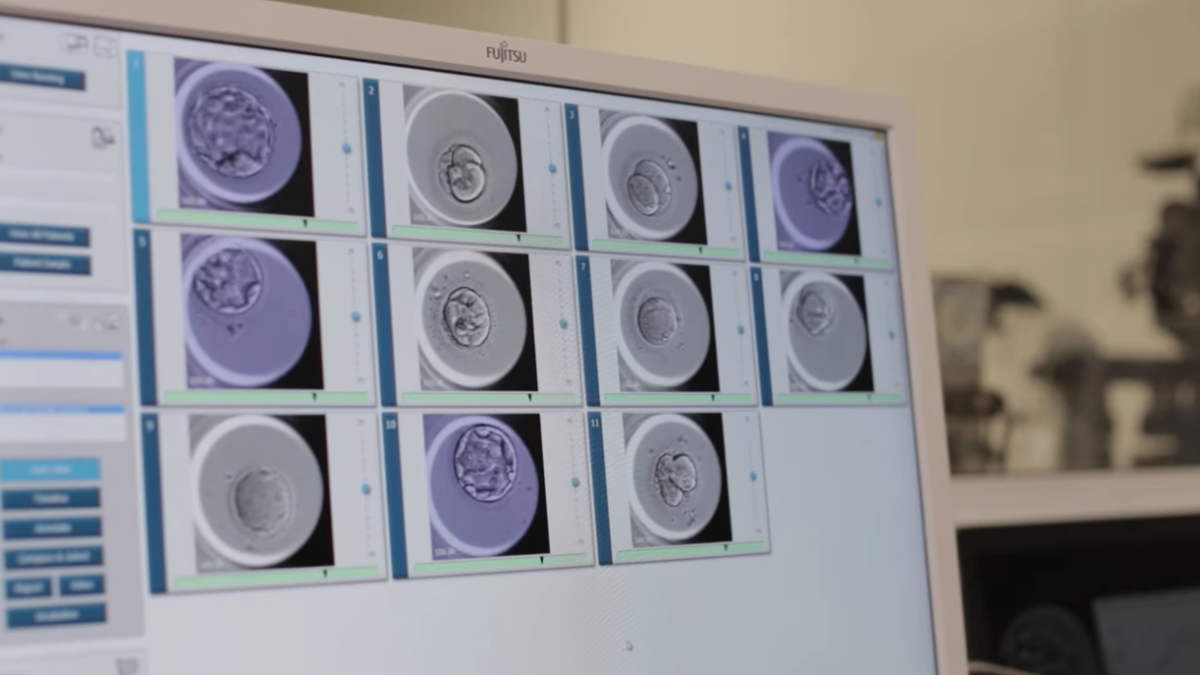
Forget the war on babies. The abortion industry has a new enemy: ultrasounds. In a bizarre and rambling 2,600-word feature piece published on Tuesday, The Atlantic writer Moira Weigel took a sledgehammer to basic science and then did her best to vacuum its brains out before anyone could figure out what just happened.
The article’s headline is bad enough—”How the Ultrasound Pushed the Idea That a Fetus Is a Person”—but its subhed is the real work of art: “The technology has been used to create an ‘imaginary’ heartbeat and sped-up videos that falsely depict a response to stimulus.”
There are numerous other gems throughout the piece, such as her implication that only male doctors are allowed to use ultrasounds.
“Ultrasound made it possible for the male doctor to evaluate the fetus without female interference,” Weigel declares. Are female doctors banned from or incapable of doing an ultrasound on a pregnant mother? What about X-rays, MRIs, or CT scans? Are those marvels of modern technology that have helped to diagnose and cure countless diseases and physical maladies since their inception? Or are they evil technologies that merely enable peeping mandoctors to cast their eyes into the inner recesses of a woman’s body?
Before ultrasounds, a woman had to wait until delivery to find out if she was getting a puppy, a goat, or a human. https://t.co/PNrbRoMjKa
— Whatever (@DRussell76) January 24, 2017
Weigel’s war on science, common sense, and life-saving medical technology is not aimless, though. Her real enemy is legislation that would criminalize abortion once an unborn baby’s heartbeat can be detected. Her logic is straightforward. If it’s illegal to kill a healthy, unborn baby after her heartbeat is detected, simply deny that she has a heartbeat:
Opponents of the heartbeat bills have pointed out that they would eliminate abortion rights almost entirely—making the procedure illegal around four weeks after fertilization, before many women realize that they are pregnant. These measures raise even more elementary questions: What is a fetal heartbeat? And why does it matter?
The idea would have been unthinkable before the advent of a technology developed in 1976: real-time ultrasound. At six weeks, the “heartbeat” is not audible; it is visible, a flickering that takes place between 120 and 160 times per minute on a black-and-white playback screen. As cardiac cells develop, they begin to send electrical pulses that cause their neighbors to contract. Scientists can observe the same effect if they culture cells in a petri dish.
Doctors do not even call this rapidly dividing cell mass a “fetus” until nine weeks into pregnancy. Yet, the current debate shows how effectively politicians have used visual technology to redefine what counts as “life.”
“What is a fetal heartbeat?” is a simple question with an even simpler answer for those who are not desperately trying to rationalize the killing of a healthy unborn baby. But for abortion activists desperate to rationalize killing, it becomes a tortured exercise in metaphysics. Which is of course why the author then scare-quotes “life” after struggling mightily to understand what a heartbeat is and then—I’m not joking—asking why the presence of a heartbeat should even matter. Why does the existence of a heartbeat matter? It’s a real puzzle, I tell you.
The fact of the matter is that abortion activists know what they’re doing: they are voluntarily choosing to end a precious and distinct human life. After all, if that unborn baby girl weren’t alive, the abortionist wouldn’t be so hell-bent on killing her. And if her heart weren’t beating, the abortionist wouldn’t have to try so hard to make it stop.
“The origins of fetal ultrasound lie in stealth warfare,” Weigel subtly declares, hoping her dear reader will be able to draw a straight line from the military’s war on enemy ships to the patriarchy’s war on women via life-saving medical technology. “Before ultrasound, medical care received by pregnant women had depended on their testimony, or how they described their own sensations.”
And before modern medicine existed, patients depended on leeches to rid their bodies of toxins and holes drilled through their heads to allow the evil spirits making them ill to escape. Medical technology is great and all, but can you believe doctors are using it to take care of unborn babies, too? How gauche.
Weigel’s anger is not limited just to medical imaging technology, though. She’s also extremely upset at the way social media allows newly pregnant moms to share their joy over the Internet.
“In many ways, social media have heightened the social reality of the unborn,” Weigel writes before sneering at the women who happily post pictures of their unborn babies on Instagram or Facebook, thereby promulgating the horrific notion that the babies growing inside them are actually babies growing inside them.
“Yet it remains unclear what the popular enthusiasm for fetal images actually means,” Weigel concludes.
Is it really unclear? The popular enthusiasm for pictures of unborn babies is popular enthusiasm for the eventual entry into the world of those babies and the unlimited potential they represent. How jaded and bitter a person do you have to be to feign shock at people who express joy over the creation of human life?
Like most treatises from abortion activists about how babies aren’t real people, Weigel’s comes across more as a sad attempt to convince herself than a credible attempt to convince her readers. No amount of euphemisms can obscure the truth that unborn babies are alive, that their hearts beat just as ours do, and that the abortion industry is dead set on killing as many of them as possible.









